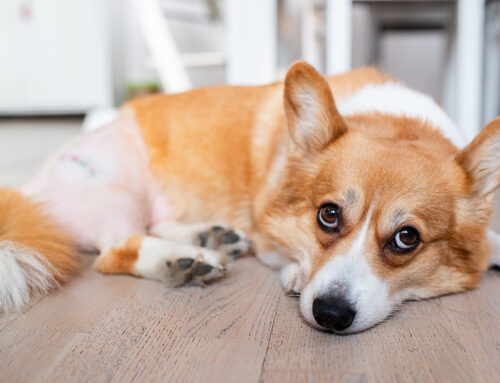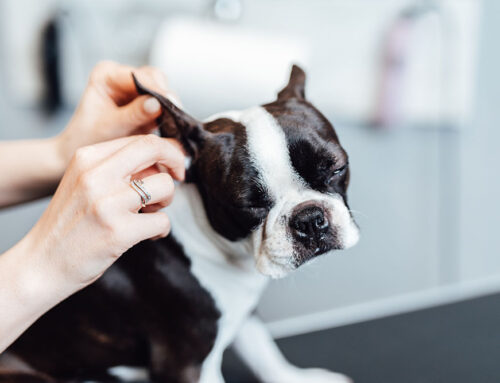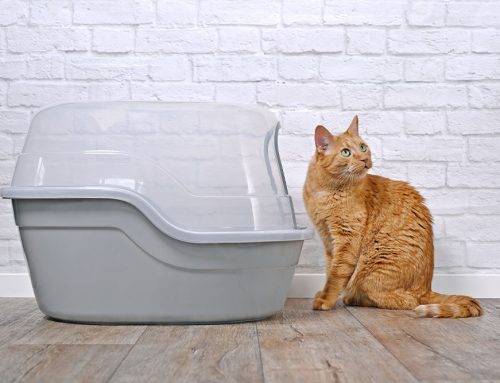Consider this scenario: You’ve just left the veterinary hospital with your pet and a handful of medications and instructions. You were still trying to process Fluffy’s diagnosis and treatment plan, and didn’t think to ask for advice on how to give her the medications. Now you are home, and it’s time for her first dose. Fluffy takes the pill, but not after a great deal of spitting, drooling, and being chased around the house. Before she’s due for her next dose, learn a few tips and tricks to make the job easier.
1: Find the best drug formulation for your pet
Medications come in many different mediums, including tablets, flavored chewable tablets, capsules, oral suspensions, and topicals. If your pet was prescribed an oral tablet, capsule, or suspension, this guide will provide clear step-by-step instructions on administering these medications to dogs. This guide will help you to medicate your cat. Many medications are available in multiple formulations, and some drugs can be compounded into oral suspensions, chewable tablets, or topicals at an outside facility. If you know that your pet takes liquids better than capsules, mention this to our team to ensure your pet receives what works best for her.
2: Use food to your advantage
Some easy-to-medicate pets will gladly eat a bowl of food with a tablet dropped in the mix. Others will deliberately eat around the drug or refuse to eat out of the bowl altogether. In these cases, try hiding the medication in a tasty treat, such as a small piece of bread with a dab of peanut butter, or another chewy, savory treat made for dogs. Products made with a small pocket, specifically to hide bitter tablets and bulky capsules, also are available, and come in different sizes and types for all your furry friends. For picky pets, flavored chewable formulations often work well, if they are available. Ask us if this is an option when your pet is prescribed a medication. With cats, occasionally using something fishy and smelly, like sardines and sardine oil, will help to mask pills and/or liquids.
3: Prepare a toolkit before medicating your pet
When it comes time to medicate your pet, be prepared. Assemble a small kit equipped with some helpful tools, including the following:
- A small towel — You can use this to gently wrap your cat into a “burrito” for easier handling, and for small cleanups when things get messy.
- Oral syringe with water — Use this to wash down a pill or capsule after administration.
- Pill gun — These are handy little tools that can make medicating easier and safer.
- Pill pocket treats — These are helpful for hiding bitter medications.
- Disposable nitrile or latex gloves — If you need to apply topical medications, you should always wear gloves.
4: Begin practicing on your pet early

As with most learned behaviors, if you introduce your pet to the process of medicating early, she will likely become desensitized. You can practice giving her liquid medication by using an oral syringe with a bit of water. Get her used to the flavor of the pill treats or other food you may use to hide a pill and use these as treats when she behaves well. Purchase a pill gun and practice using it with her, rewarding her, of course, throughout the process. Touch her mouth, ears, face, and feet often so she becomes comfortable with these areas being handled. Practicing these techniques may save you a headache when she’s older and needs oral, topical, ear, or eye medications.
5: Consider alternative options for pets
If you have tried these tips and are still experiencing difficulty, try a drug in a different medium before throwing in the towel. Some diseases, such as feline hyperthyroidism, can be controlled with a topical cream, a prescription diet, or radioactive iodine therapy versus life-long oral medications. We can guide you through the best options for your pet and her condition.
If you are experiencing difficulty medicating your pet, contact us to set up a time for a demonstration, or to ask about alternative options.








Leave A Comment